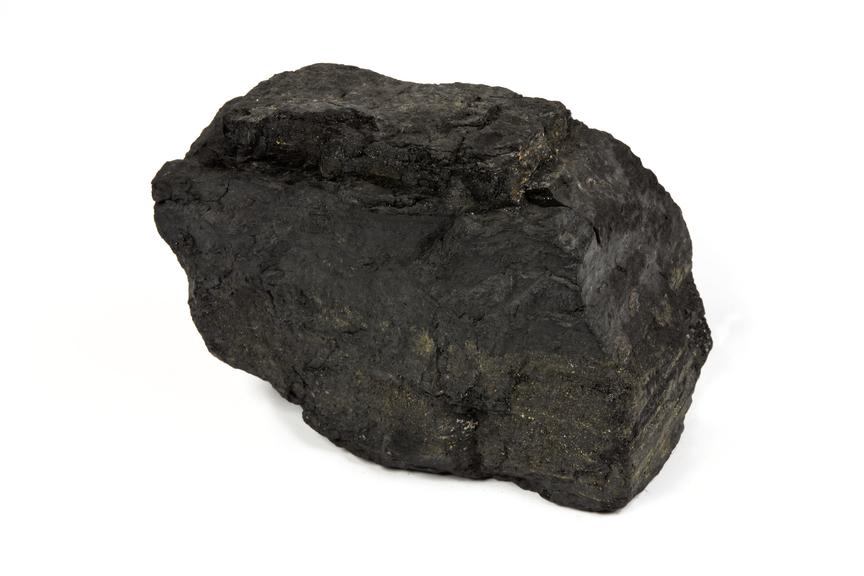

Coal Sample.
- Made:
- unknown date in unknown place

Sample of coal. Mined from the Lancashire coalfield between 1900 and 1950.
From the 1780s, mill owners in Greater Manchester installed steam engines for powering cotton machinery. Steam for the engines was produced by burning coal, a fossil fuel. Every engine installed required boilers burning ton after ton of coal. Manchester’s industrial revolution was partly made possible by easy access to coal mined from the nearby Lancashire coalfield.
Through the 19th century, Manchester became famous for its forest of factory chimneys streaming toxic, polluting coal smoke. The practice of burning coal to power industry led to very high levels of pollution leading to unpleasant and hazardous living conditions for residents. Although it wasn’t understood at first, burning fossil fuels released greenhouse gas carbon dioxide into the atmosphere, causing the earth to heat up. Using fossil fuels to power industry had led to climate crisis.
Details
- Category:
- Coal Mining
- Collection:
- Lancashire Coal Mining Collection
- Object Number:
- Y2002.19.582
- Materials:
- coal
- Measurements:
-
overall: 150 mm x 240 mm x 145 mm, 3.85 kg
- type:
- coal
- credit:
- Gift of Salford Museum and Art Gallery




